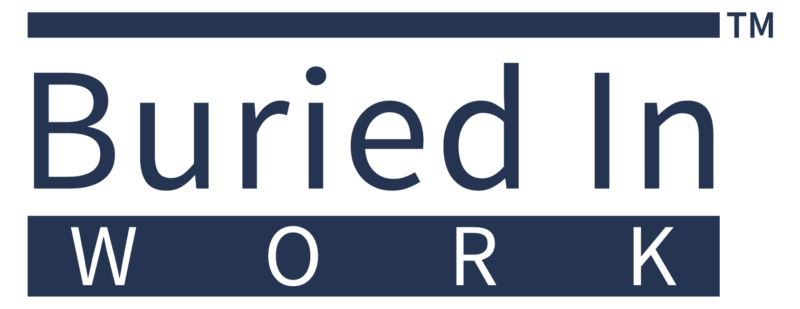What Is Life Insurance?
Life insurance is a contract between you and an insurance company, where you pay regular premiums in exchange for a lump-sum payment, known as a death benefit, to your beneficiaries upon your death. This payout can be used to cover various expenses, such as funeral costs, outstanding debts, mortgage payments, and everyday living expenses.
There are several types of life insurance policies to consider, each with its own features and benefits. Understanding the differences can help you choose the best policy for your situation.
Working with a an insurance provider will help you identify what type of policy is right for your situation.
Types of Life Insurance
Term life insurance provides coverage for a specific period, typically 10, 20, or 30 years. If you pass away during the term, your beneficiaries receive the death benefit. If you outlive the term, the policy expires, and no benefit is paid.
- Pros: Affordable premiums, straightforward coverage.
- Cons: Coverage ends when the term expires, no cash value accumulation.
Whole life insurance offers lifelong coverage as long as premiums are paid. It also includes a cash value component that grows over time and can be borrowed against or withdrawn.
- Pros: Lifelong coverage, cash value accumulation.
- Cons: Higher premiums, less flexibility.
Universal life insurance provides permanent coverage with flexible premiums and death benefits. The policy includes a cash value component that earns interest.
- Pros: Flexible premiums and death benefits, cash value growth.
- Cons: Requires active management, can be more complex.
Variable life insurance is a type of permanent life insurance that allows you to invest the cash value component in various investment options, such as stocks and bonds.
- Pros: Potential for higher cash value growth, lifelong coverage.
- Cons: Investment risk, higher fees and complexity.
Benefits of Life Insurance
- 1
Financial Protection: Ensures your family has financial support in your absence.
- 2
Debt Coverage: Can be used to pay off outstanding debts, such as mortgages and loans.
- 3
Income Replacement: Provides a source of income for your dependents.
- 4
Estate Planning: Helps cover estate taxes and other final expenses.
- 5Savings and Investment: Certain policies accumulate cash value that can be used for future needs.
Get Your Life Insurance Policy
Homesteaders Life Company is a national leader providing products and services to promote and support the funding of advance funeral planning and end-of-life expenses.
New York Life is the nation’s largest mutual life insurance company and one of the largest life insurance companies in the world.
Globe Life is dedicated to providing life and supplemental health insurance to help protect your loved ones from financial stress so they can focus on what matters most.
National Guardian Life has over 100 years of providing innovative life insurance, annuity, and pre-need products.
FAQ
Life insurance is a contract between you and an insurance company where you pay regular premiums in exchange for a lump-sum payment, known as a death benefit, to your beneficiaries upon your death. This payment can be used to cover various expenses, such as funeral costs, debts, mortgage payments, and everyday living expenses.
The main types of life insurance are:
- Term Life Insurance: Provides coverage for a specific period (e.g., 10, 20, or 30 years) with no cash value.
- Whole Life Insurance: Offers lifelong coverage with a cash value component that grows over time.
- Universal Life Insurance: Provides permanent coverage with flexible premiums and death benefits, including a cash value component that earns interest.
- Variable Life Insurance: A type of permanent life insurance that allows you to invest the cash value in various investment options.
To determine how much life insurance you need, consider your financial obligations and the needs of your dependents. This includes:
- Outstanding debts (e.g., mortgage, loans)
- Future education expenses for your children
- Living expenses for your dependents
- Funeral and estate settlement costs
- Income replacement
- Term Life Insurance: Provides coverage for a specific period and does not accumulate cash value. It is generally more affordable with lower premiums.
- Whole Life Insurance: Offers lifelong coverage and includes a cash value component that grows over time. It has higher premiums but provides additional financial benefits and security.
Many term life insurance policies offer a conversion option, allowing you to convert your term policy to a whole life policy without undergoing a medical exam. This can be beneficial if your health has changed or you want permanent coverage.
Several factors influence life insurance premiums, including:
- Age: Younger individuals typically pay lower premiums.
- Health: Healthier individuals usually receive better rates.
- Lifestyle: Risky behaviors (e.g., smoking, extreme sports) can increase premiums.
- Coverage amount: Higher coverage amounts result in higher premiums.
- Policy type: Term life insurance generally has lower premiums than permanent policies.
If you miss a premium payment, most insurance companies offer a grace period (typically 30 days) during which you can make the payment without losing coverage. If you do not pay within the grace period, your policy may lapse, and you could lose coverage.
Life insurance riders are additional benefits or coverage options that you can add to your policy for an extra cost. Common riders include:
- Accidental Death Benefit: Provides an additional payout if death occurs due to an accident.
- Waiver of Premium: Waives premiums if you become disabled and cannot work.
- Child Term Rider: Provides a death benefit if a covered child passes away.
- Living Benefits: Allows you to access a portion of the death benefit if you are diagnosed with a terminal illness.
When selecting a life insurance provider, consider the following:
- Reputation and Financial Stability: Choose a provider with a strong reputation and financial ratings.
- Customer Service: Look for a company known for excellent customer service.
- Policy Options: Ensure they offer the types of policies and coverage options you need.
- Price: Compare quotes from multiple providers to find the best rates.
Disclaimer: The information provided on this page is for general informational purposes only and should not be considered legal advice. Please consult with a qualified attorney for advice specific to your situation.




